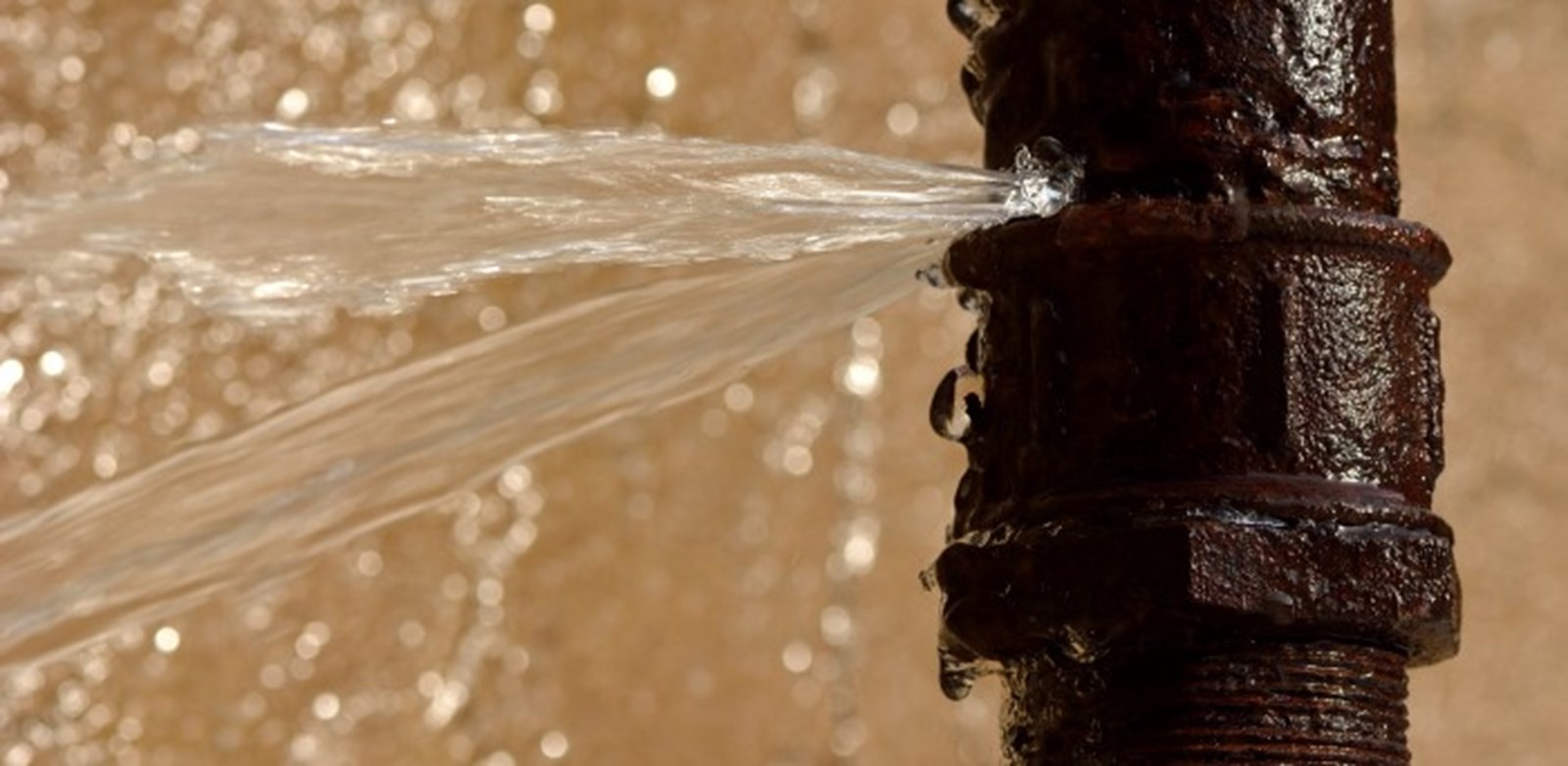How to fix the most common home water leaks

How to detect a water leak in your home
The first step to fixing a water leak is finding one. Of course, the best way to find a leak is to see it. Whilst you may not directly witness water dripping, other warning signs such as damp walls, floors and skirting board can indicate that there is a hidden issue. For example, I found a water leak under the bath of my new property when I noticed that there was significant discolouration on the wooden skirting board across the bottom. Upon further inspection, the wood was wet and soft, so I removed the bath panel and found the leak.
Alternatively, you can check your water usage. If it has gone up significantly without reason it could be due to a leak. When you suspect this, a good way to confirm it is to take a meter reading and wait two hours. Ensure not to use any water during this time and take another reading. If your usage has increased, this indicates there is a leak.
How to fix the most common leaks
Dripping Tap
One of the most common leaks is a dripping tap. This can happen for a number of reasons, which can range from something as simple as the tap not being fully turned off, to something more serious such as a damaged washer.
If you have a dripping tap, you should inspect the tap to determine the cause. Firstly, switch off the water supply to the tap, either using an isolator valve or stopcock. Then, if you feel comfortable to do so, open up the tap and inspect the washer.
If there is a build-up of debris, this can be easily cleaned away, however, if the washer is damaged then it needs to be replaced. If you aren’t comfortable doing this yourself, a local tradesperson will be able to assist.
Leaking Radiator
Another common water leak is from a radiator, either from the valve or valve spindle or from corrosion or pipe coupling. Because of how a radiator is plumbed, a leak can cause significant damage to your floors, walls and even wiring so it’s vital it is resolved as soon as possible.
Unfortunately, it’s usually best to call in a plumber to resolve the issue so to limit the damage caused, so you should turn off the water supply to the radiator.
Plastic Water Pipe Joint
A leak from a plastic/PVC water pipe joint is usually an issue that you can fix yourself. It is important to remember that water can travel a long way along a pipe before it drips into a leak, so it may be an issue that is significantly higher up on the pipe than it appears. To establish where exactly the source of the leak is, you should thoroughly dry the area and watch to see where the water begins again.
Once you know the source of the leak, you should turn off the water either for the affected area only or at the mains supply, whichever is easiest.
If you feel confident, you can then start fixing the leak. You can remove and replace the section that is affected, however, this may require cutting tools and equipment that you don’t have.
Alternative, you can make an easy fix using products such as silicone or rubber repair tape, or repair epoxy.
Plastic Water Pipe
The process of fixing a leaking water pipe is very similar to fixing a plastic water pipe joint. Make sure you know where the leak is coming from, turn off the water supply and then either replace the affected pipe or use a quick fix such as tape or epoxy.
Alternatively, for a super quick fix, you can use a rubber and hose clamp to give you some time to get a plumber in to fix it.
Underground Pipe
Indicators that you have a burst pipe in the garden will be water coming up in the garden, or a large puddle without significant rainfall. Due to the difficulty in accessing the leaking water, the best course of action is to call a competent plumber to resolve this for you. Using the tips above will help you to detect the leak.
Toilet
Leaks from a toilet can come from a number of places and can be either clean or dirty water. If the leak is coming from the bottom of the toilet or from the bowl, it is probably dirty water. You should immediately stop using the toilet if this is the case. You don’t want to cause damage to the floor and potentially the ceiling underneath with unhealthy water. When clearing up the leak you should have some disinfectant to hand.
To fix a leak coming from the base of the toilet, you may need to replace the rubber seal on the base or the wax ring. You should make sure the toilet is positioned correctly, and have an adjustable wrench to unscrew or tighten bolts. If you don’t feel confident tackling this repair yourself, you should call out your local plumber.
If the leak is coming from a crack in the bowl, then you need to replace the whole toilet.
A leak originating from the cistern may be from damage to the ballcock and float or from the feed line. Both of these faults can cause water to continually enter the tank and overflow. These issues may be fixable yourself through tricks such as readjusting the position of your ballcock and float.
Shower or Bath
Whether you have a shower enclosure or a bath, there are several aspects that can cause a leak. Ideally, you should check them all. Start with the seal around the plug hole and overflow wastewater pipe. If the seal is broken, then this can cause an overflow or leak.
You should also check the pipes that connect the water supply to the bath taps or shower hose. To detect this leak, you may need to remove the side panel of the bath. Shower pipes may, unfortunately, be hidden behind a wall. However, if you notice the tiles in your shower are lifting, this can indicate that there is a leak. Don’t let this leak continue, as it can cause significant damage.
Another common bath leak is caused when the silicone seal around the bathtub starts to degrade, allowing moisture through. It is important to reseal your bathtub regularly to prevent this issue, as it will naturally happen over time.
Explore More
Other areas of our website you may be interested in.
Need to get in touch?
Need to get in touch with us here at NPA?
We are always happy to help you with your enquiry.


